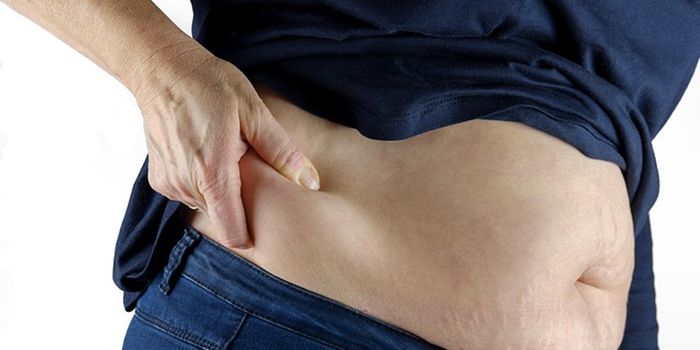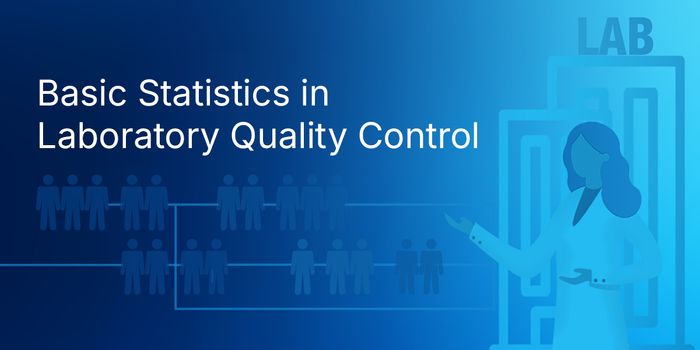Potential new Test and Treatment for Preterm Birth Identified
Preterm birth is a widespread health problem; The World Health Organization estimates that around 15 million babies are born preterm every year, and that number is only increasing. There are dire effects from preterm birth as well; the resulting complications are the leading cause of death of children under the age of five. While some could be prevented with better medical care, many times it is a total mystery as to why it happens. Researchers have now gotten some insight into how inflammation might be a cause. They found a molecule driving that inflammation, and it likely plays a role in why mild prenatal infections can trigger preterm birth. This work could aid in the development of a clinical test for preterm birth. The findings have been reported in The Journal of Clinical Investigation Insight (JCI Insight).
Investigators at Cincinnati Children's Hospital Medical Center, determined that a receptor that aids in immune system regulation, the type I Interferon receptor (IFNAR) influences preterm birth caused by infection. When pregnant women are subclinically, or in a way that doesn't require a visit to a clinic, sickened by viral or bacterial infections, the problem begins. INFAR receptors on blood immune cells bind to an immune protein, type I Interferon (type I IFN), thereby stimulating the production of pro-inflammatory cytokines during secondary inflammatory challenge. That's the mechanism proposed to underlie preterm birth, delivery before 37 completed weeks of gestation.
"Preterm birth is a leading worldwide cause of illness and death in infants. The biological processes linked to the ability of pathogens to help cause preterm birth have been unknown," explained the lead investigator of the work, Senad Divanovic, PhD, a member of Division of Immunobiology. "Identifying active type I IFN/IFNAR as an immunological driver provides an actionable biomarker and potential therapeutic target for reducing preterm birth risk in these circumstances."
It is known that inflammation caused by microbial infection influences preterm birth, but mysteriously, only a subset of microbes is responsible for the problem. Because every microbe found in maternal and fetal tissue doesn't result in infection, the researchers suggested that underlying biological triggers cause the differences. To find out more about those triggers, the investigators used a mouse model of preterm birth as well as samples from monkeys and humans zeroing in on type I IFN/IFNAR.
The scientists took the time to confirm that the type I interferon signaling is very similar in their models. When they assayed the role of type I IFN/IFNAR in a primary, subclinical viral flu infection before a secondary bacterial inflammation, they found that the primary viral infection triggered activation of type I IFN/IFNAR. That subsequently caused an overload of pro-inflammatory cytokine production.
Importantly, when type I IFN, IFNAR or IL-6 were ablated from a mouse model, or antibodies that neutralized those molecules were administered, the animals no longer experienced preterm birth.
Divanovic noted that the research is continuing; the investigators are now trying to find the location where pro-inflammatory cells and pathways first become sensitized. Additionally, they want to broaden their analysis to gain a deeper understanding of the role of type I IFN during infections, var and how differences in that process influence the susceptibility to preterm birth. They also want to find out more about using a targeted inhibition of type I IFN/IFNAR to mitigate the risk of preterm birth.
In this recent video, the NIH has found that transvaginal cervical length and fetal fibronectin tests were not reliable indicators of preterm birth among first-time pregnancies.
Sources: ScienceDaily via Cincinnati Children's Hospital Medical Center, JCI Insight








